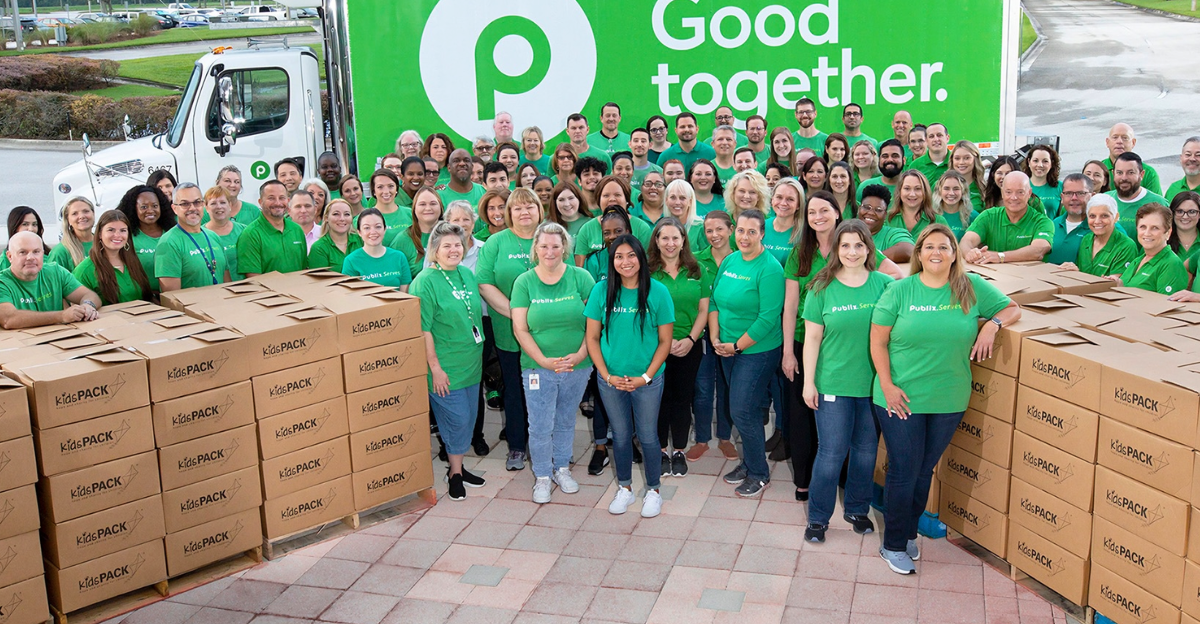
The grocery world across America’s heartland is on the brink of a significant shift, one that may redefine how families shop for generations. A supermarket chain, known for its passionate customer base and upscale shopping experience, is pushing its way farther north than ever before.
This expansion challenges established giants deeply rooted in regional markets, disrupting the idea that local loyalty is unbreakable. This isn’t a routine store opening; it signals a bold challenge that could change the landscape of grocery retail nationwide.
The question now is who will stand firm, and who will have to adjust to new competition.
Growing Beyond Familiar Borders
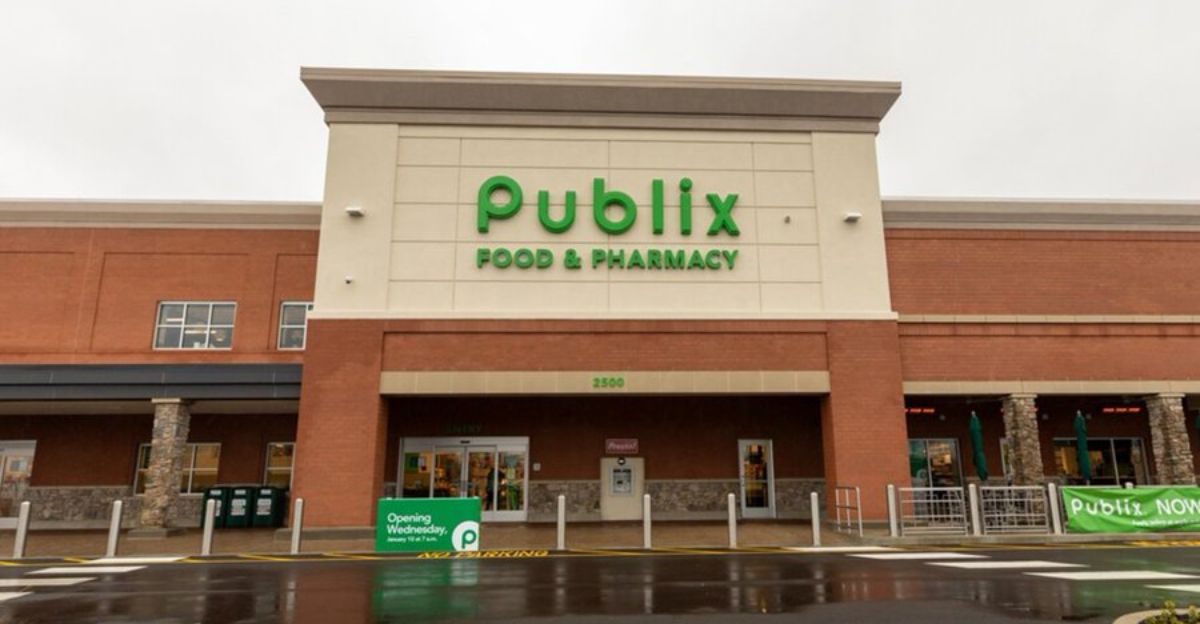
This supermarket chain’s foray into its eighth state signals ambitions that extend beyond its Southeastern roots. With over 1,400 stores already established, the company employs a meticulous expansion model that emphasizes steady growth and customer loyalty over aggressive takeovers.
Traditional grocery powerhouses, already grappling with supply chain challenges and rising operational costs, now face a competitor that thrives on deliberate, sustained growth. Industry analysts view this as more than a regional shift; it’s indicative of a grocery empire with national aspirations.
Building a Personal Connection with Shoppers
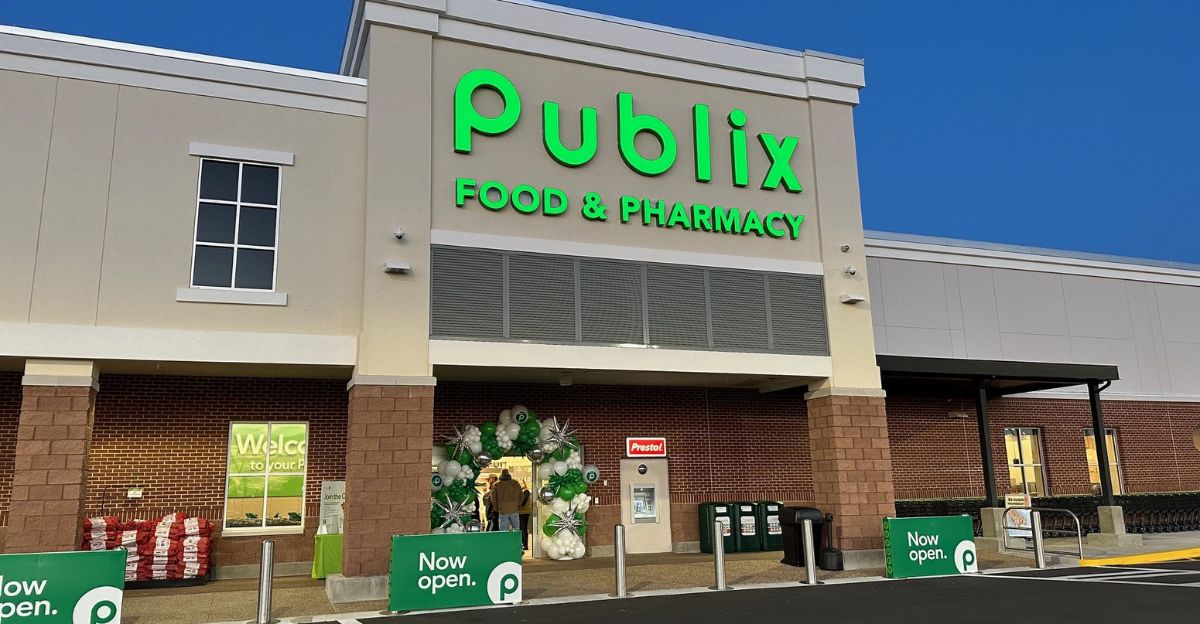
Few grocery brands inspire the devotion this one commands. For nearly a century, it has been much more than a grocery store—more like a community staple where customers feel a personal bond. Store openings are celebrated events, not just retail launches. From signature fresh subs to carefully curated produce, every detail is designed to create loyalty.
A recent trademark dispute over a fan-run social media page prompted a swift corporate reversal following public outcry, underscoring the profound connection between the brand and its community.
A Market Poised for Change
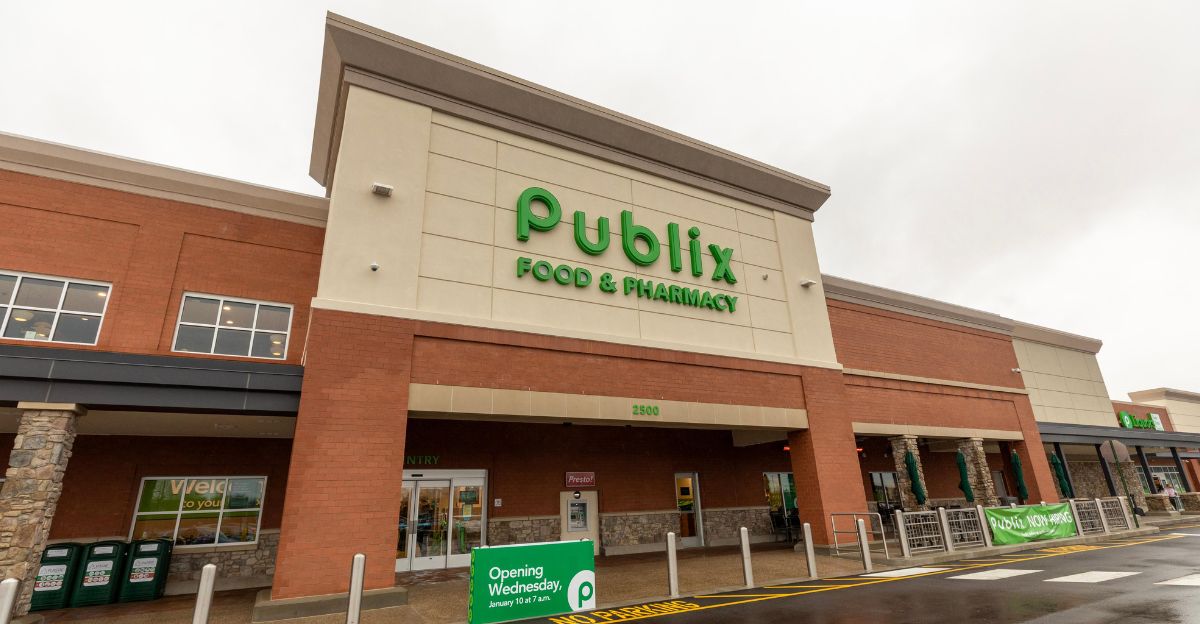
Established grocery chains are feeling the heat. While Walmart maintains a dominant presence, consumers are increasingly seeking more personalized shopping experiences. Kroger’s once-solid market share is showing signs of erosion as shoppers prioritize service and trust over mere discounts.
Economic uncertainties are driving consumers to seek value not just in price, but in quality and consistency. This evolving landscape presents an opportunity for retailers that blend heartfelt service with strategic acumen to make significant inroads.
So, Which Brand Is Behind the Expansion?
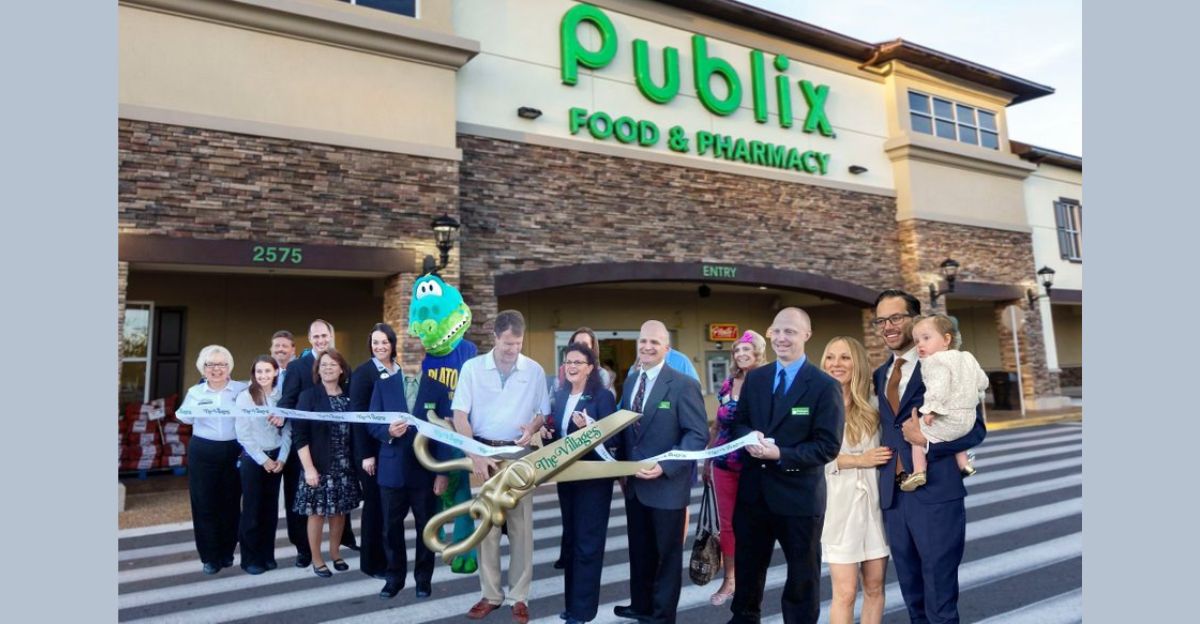
That contender is Publix, a Florida-based supermarket chain with a reputation for passionate customers and a unique employee-ownership model. Publix’s move into Kentucky represents a strategic incursion into Kroger’s stronghold. The first Kentucky location opened in Louisville in January 2024, but it’s far from a one-off.
Plans call for 13 stores statewide, with five in Northern Kentucky directly challenging Kroger’s Cincinnati-area dominance. Backed by a new distribution center in North Carolina, this expansion is built for the long term, supported by strong revenue and steady growth in same-store sales.
Shaking Up Kroger’s Territory
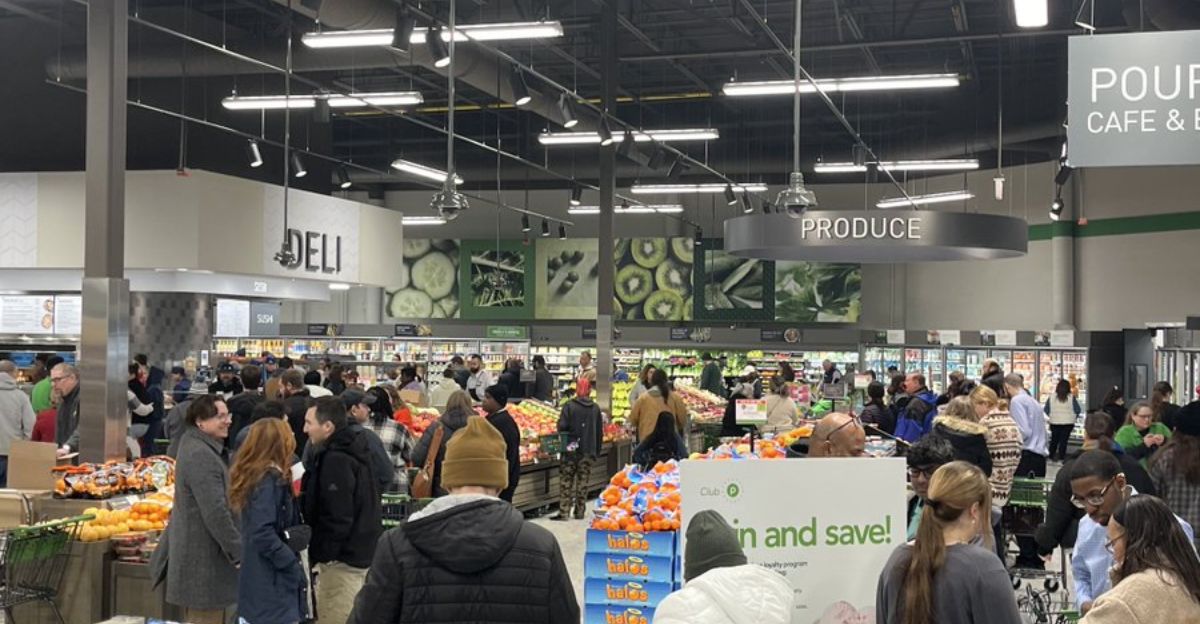
Northern Kentucky shoppers are now experiencing the Publix difference firsthand. A 55,000-square-foot store in Walton offers more than groceries—complete with dining areas and beverage bars. The expansion is creating over 900 jobs statewide, a boost welcomed by local leaders.
However, longtime Kroger customers are noticing the change. The growing popularity of “Pub Subs” and other signature items is challenging the status quo. What was once a region loyal to Kroger now faces serious competition, marking a significant shift in customer habits.
Employees as Stakeholders
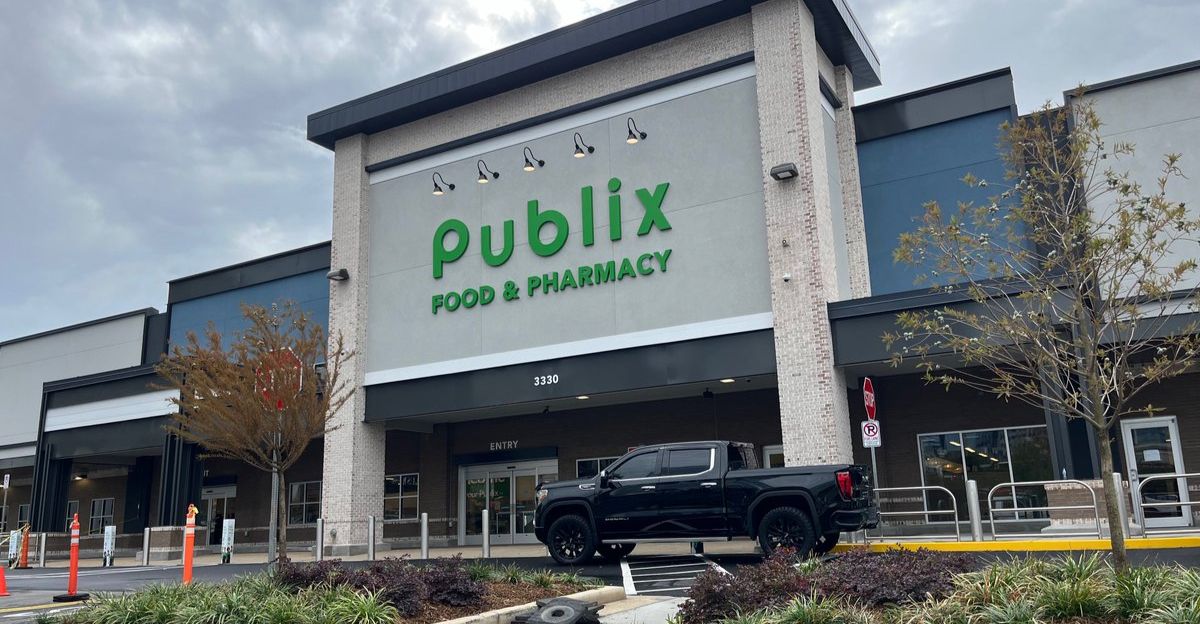
A key strength for Publix lies in its workforce. More than 260,000 employees are also shareholders, creating a powerful incentive for quality and service. This ownership culture leads to cleaner stores, friendlier staff, and a workplace that feels authentic. Stories of employees rising through the ranks, including CEO Kevin Murphy who started as a clerk, are common.
The company’s commitment to promoting from within offers meaningful career paths, turning new jobs in Kentucky into lasting opportunities. For customers, this pride translates into a distinct shopping experience.
More Than a Duel With Kroger
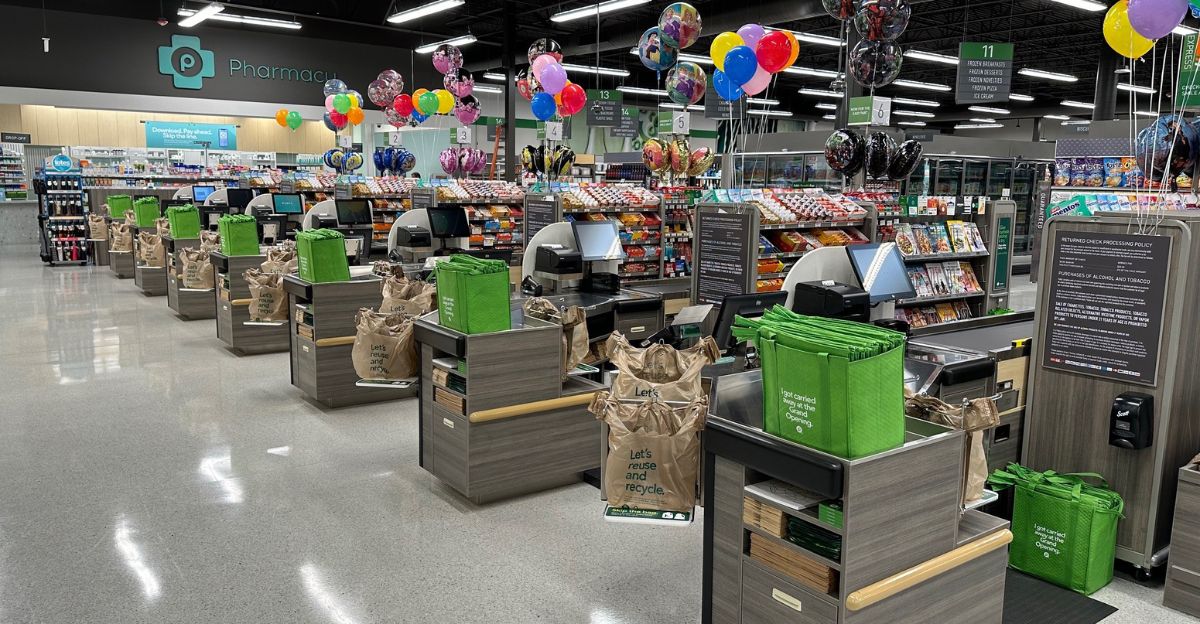
Publix is not only challenging Kroger but entering a crowded field with other major players like Walmart, Meijer, Aldi, and Trader Joe’s. Unlike competitors focused on low prices, Publix targets shoppers willing to pay more for exceptional service and product quality. Its success in markets like Atlanta proves it can compete against Walmart’s discount dominance.
Kroger’s recent revenue decline highlights cracks in its foundation, opening doors for a chain focused on premium experiences and customer loyalty to grow.
Prioritizing Experience Over Price
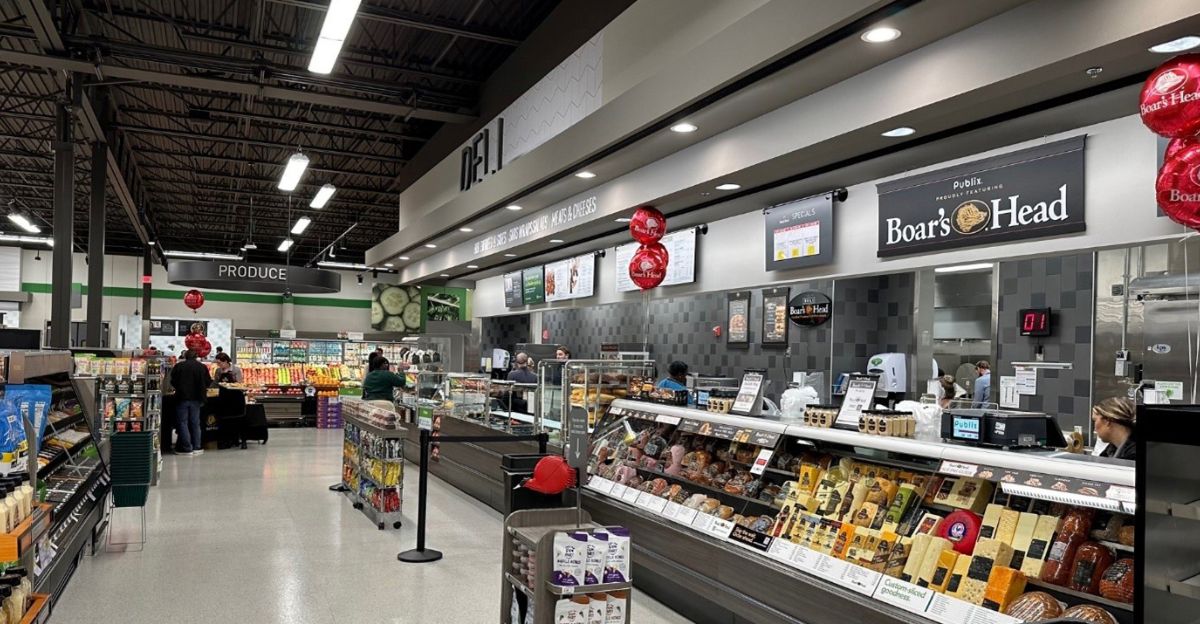
Taking on Walmart’s 21.2% national grocery share and Kroger’s regional strongholds is no small feat, but Publix has experience doing just that. In competitive markets like Atlanta, it has held its ground by avoiding price wars. Instead, it draws shoppers who prioritize quality, service, and exclusive products.
Walmart’s $276 billion grocery sales and Kroger’s $147.123 billion revenue reflect the scale of the market, but shifting consumer preferences create room for alternatives. Other rivals contribute to a fragmented market, which ultimately benefits Publix’s differentiated approach.
Could Publix Reshape Grocery’s Future?
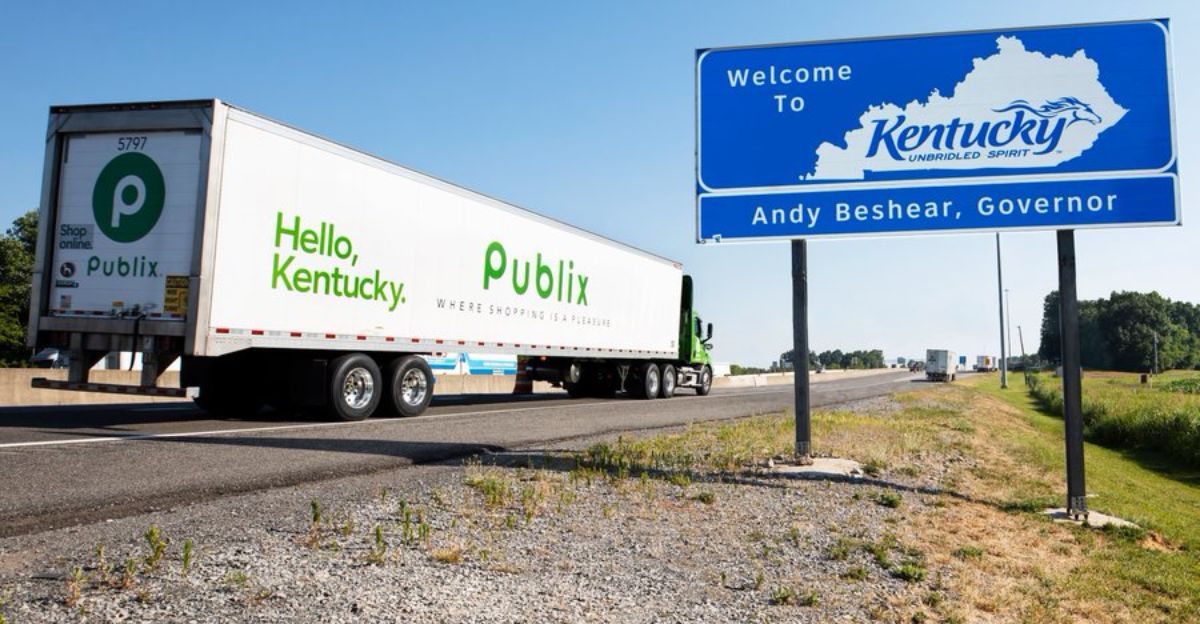
Publix’s Kentucky expansion may signal the beginning of a larger regional takeover, potentially extending into Ohio, Pennsylvania, and Illinois. More than a retailer, Publix represents a shift toward customer values over price alone. Its employee-owned structure, emphasis on community, and dedication to service could push major competitors to rethink their strategies.
The challenge ahead is maintaining the qualities that have made Publix beloved as it grows rapidly. Whether the company can sustain this balance will determine if it can truly redefine grocery retail across the Midwest and beyond.
Looking Ahead: A New Era in Grocery Retail
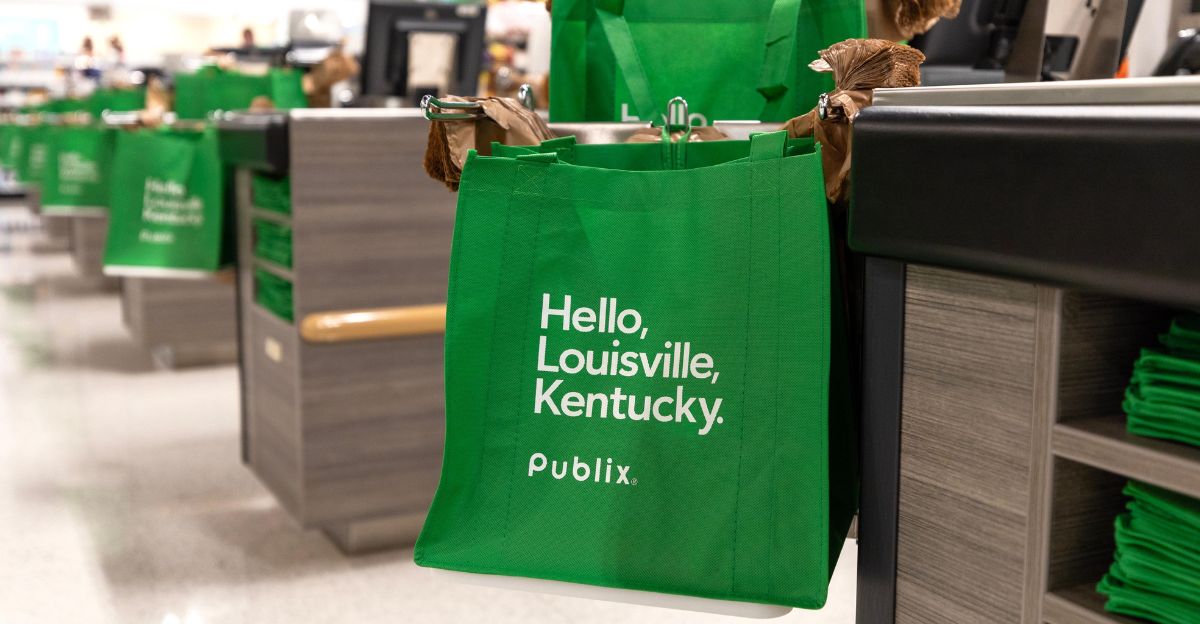
Publix’s move into Kentucky highlights a bold challenge to longstanding grocery giants, blending financial strength with a unique employee-ownership model and a focus on customer experience. This expansion is more than a geographic play—it’s a strategic bid to rewrite market dynamics in a region long dominated by Kroger and Walmart.
As shoppers respond to this fresh alternative, the grocery landscape may soon look very different. What do you think about Publix’s approach and its impact on grocery shopping? Share your thoughts and join the conversation on this evolving retail story.
Discover more trending stories and Follow us to keep inspiration flowing to your feed!

Craving more home and lifestyle inspiration? Hit Follow to keep the creativity flowing, and let us know your thoughts in the comments below!
